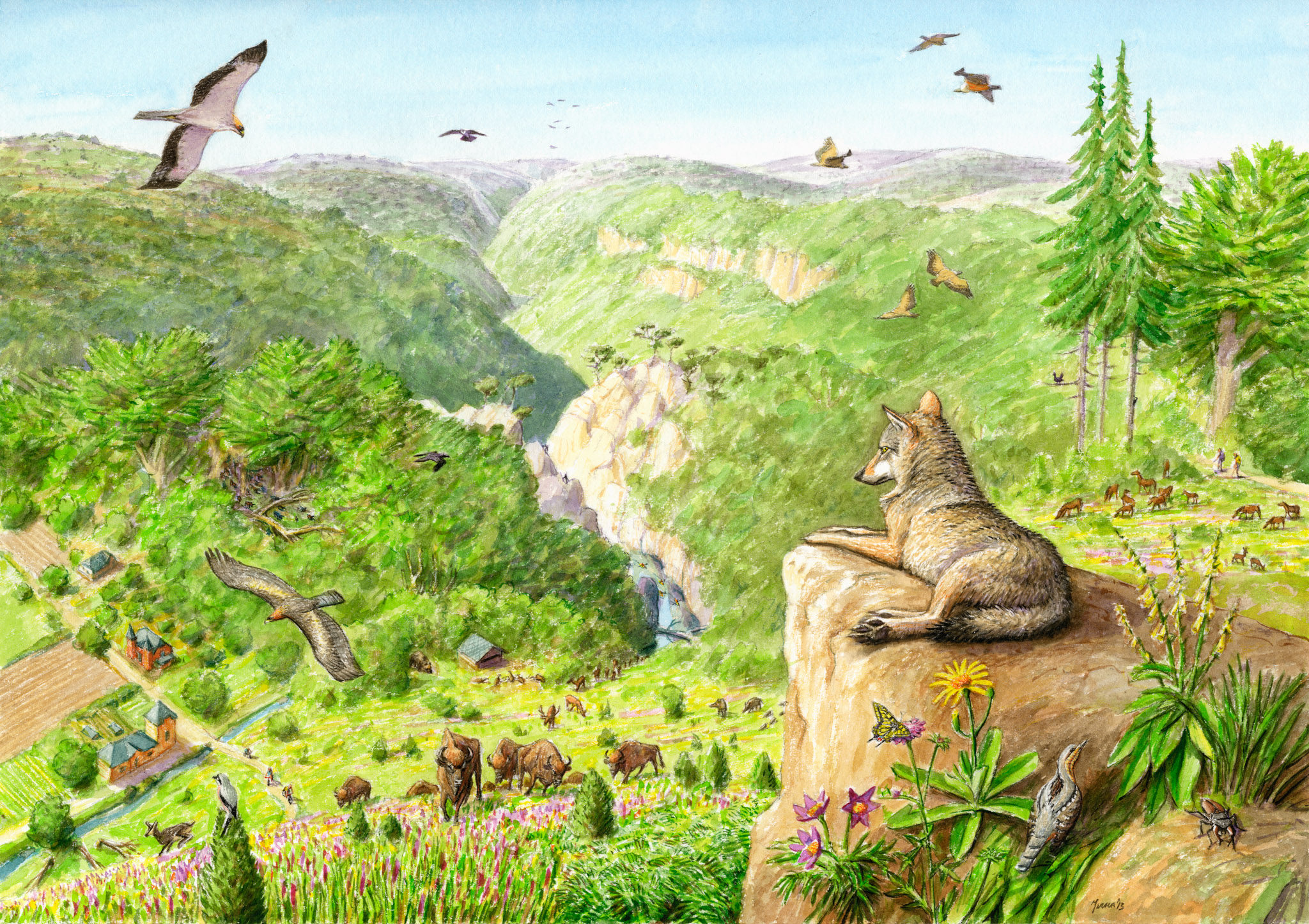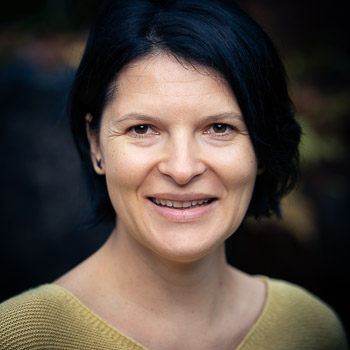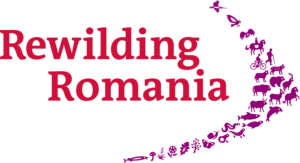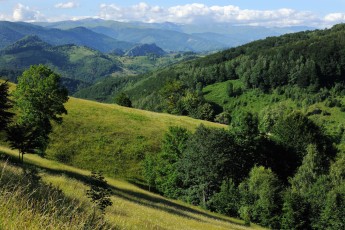
Test Test2
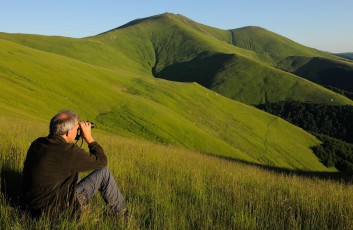
Alpine grasslands in the Tarku mountains, Southern Carpathians, Romania
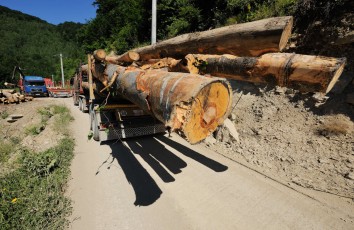
Logging trucks bringing out the wood from the primeaval forests of Tarku mountains, Southern Carpathians, Romania
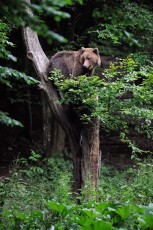
Eurasian brown bear at a bear watching site in Sinca Noua, Piatra Craiului national park, Southern Carpathians, Romania
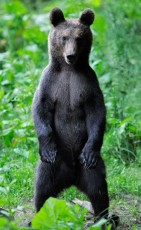
Eurasian brown bear at a bear watching site in Sinca Noua, Piatra Craiului national park, Southern Carpathians, Romania
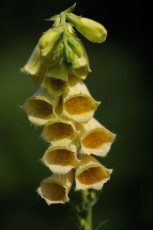
Greenish foxglove (Digitalis viridiflora), Southern Carpathians, Romania
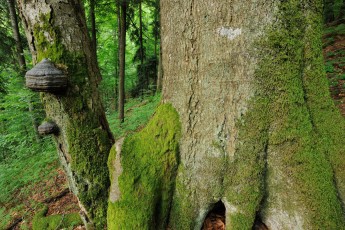
Old-growth beech forest in a WWF reserve near Piatra Craiului national park, Southern Carpathians, Romania
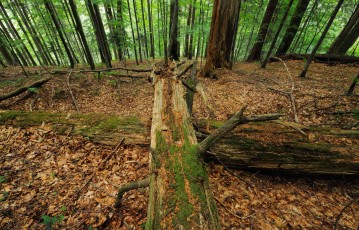
Old-growth beech forest in a WWF reserve near Piatra Craiului national park, Southern Carpathians, Romania

Lady fern (Athyrium filix-femina), Carpathian Mountains, Romania
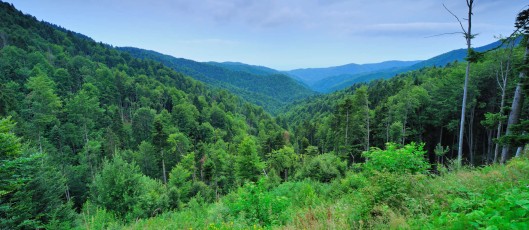
Pristine beech-fir forests in Runcu valley, Carpathian Mountains, Romania
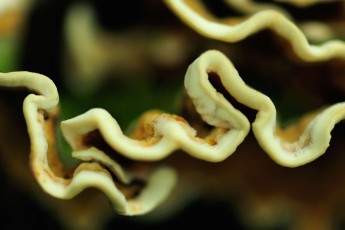
Fungi, Carpathian Mountains, Romania
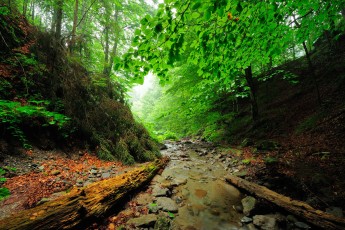
Small stream in Runcu valley, Carpathian Mountains, Romania
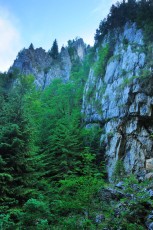
Crovul valley gorge, Carpathian Mountains, Romania
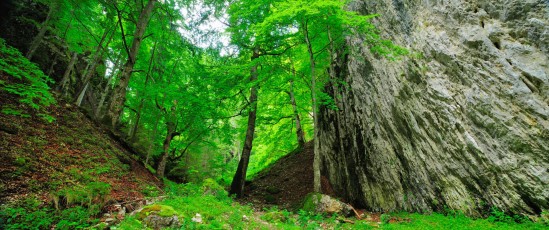
Crovul valley gorge, Carpathian Mountains, Romania
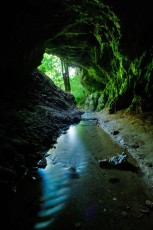
Cave in Crovul valley, Carpathian Mountains, Romania
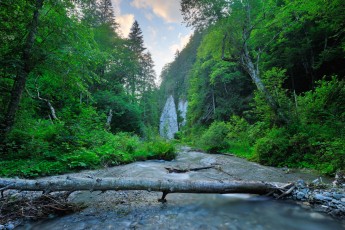
Ghimbavul valley gorge, Carpathian Mountains, Romania

Spiderweb of a cross spider, Carpathian Mountains, Romania
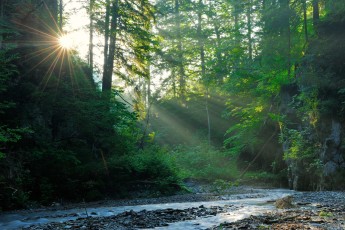
Ghimbavul valley gorge, Carpathian Mountains, Romania
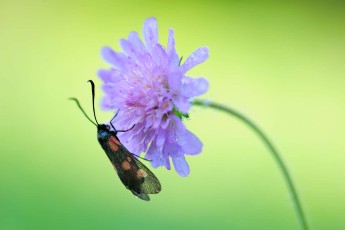
Field scabious with five-spot burnet, Carpathian Mountains, Romania
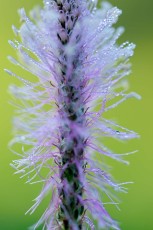
Hoary plantain (Plantago media), Carpathian Mountains, Romania
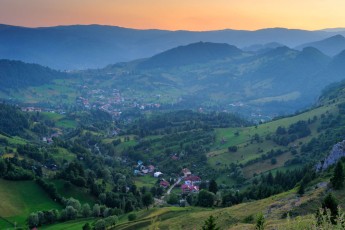
Valley and village in the Carpathian Mountains, Romania
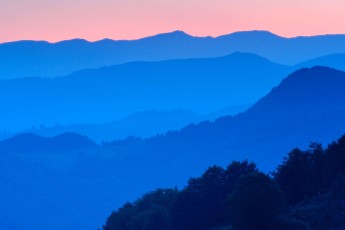
F?g?ra? Mountains silhouette, Carpathian Mountains, Romania
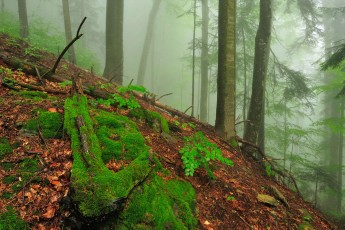
Pristine beech-fir forest in Strâmba valley, Carpathian Mountains, Romania
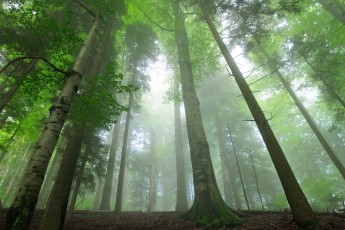
Pristine beech-fir forest in Strâmba valley, Carpathian Mountains, Romania
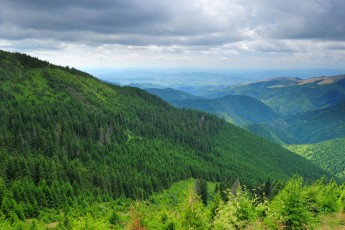
Alpine areas at the Leaota Mountain range, Carpathian Mountains, Romania
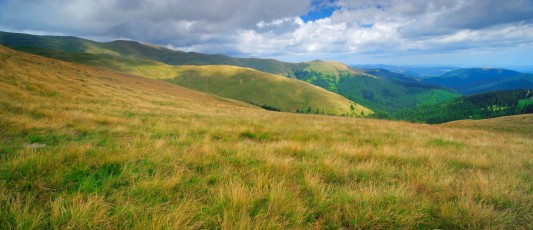
Alpine areas at the Leaota Mountain range, Carpathian Mountains, Romania
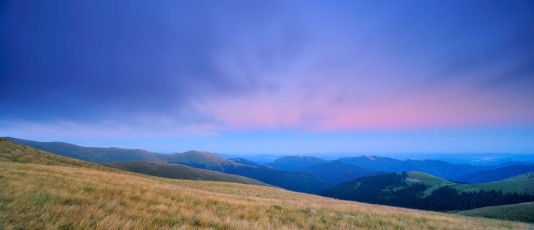
Alpine areas at the Leaota Mountain range, Carpathian Mountains, Romania
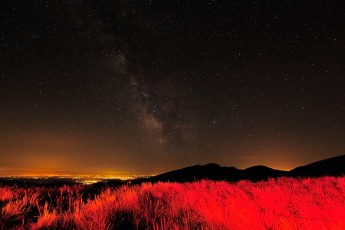
Milky Way at the alpine areas at the Leaota Mountain range, Carpathian Mountains, Romania
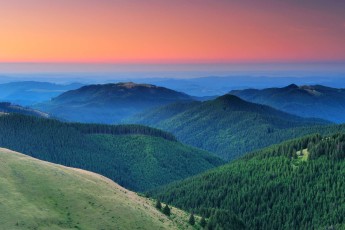
Alpine areas at the Leaota Mountain range, Carpathian Mountains, Romania
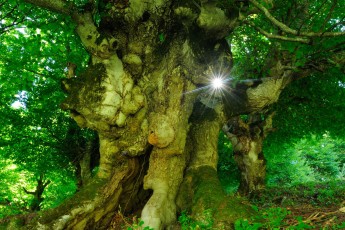
Common beech (Fagus sylvatica), Carpathian Mountains, Romania
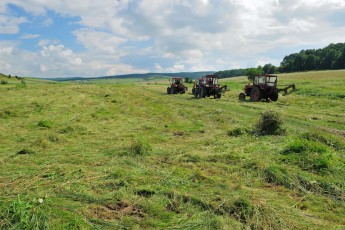
Hay-making in Cobor, Carpathian Mountains, Romania
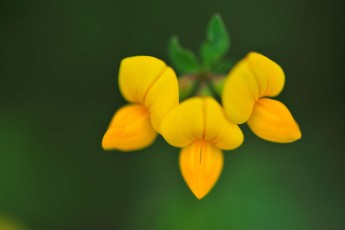
Bird's-foot trefoil (Lotus corniculatus), Carpathian Mountains, Romania
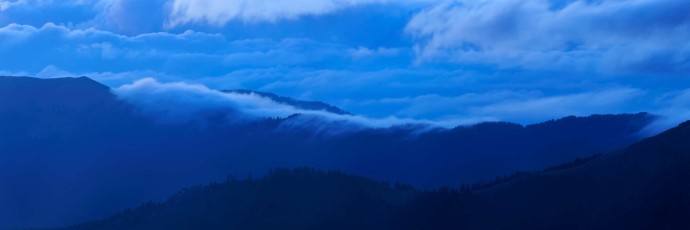
Deep hanging clouds at the alpine areas at the Leaota Mountain range, Carpathian Mountains, Romania

Pristine beech-fir forest in Strâmba valley, Carpathian Mountains, Romania
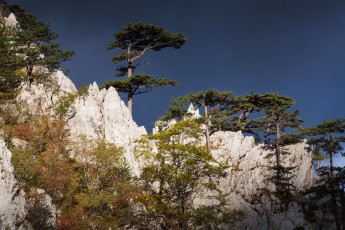
Black pine (Pinus nigra var. bannatica), endemic subspecies, growing on a ridge in Domogled Valea Cernei national park, Baile Herculane, Caras Severin, Romania
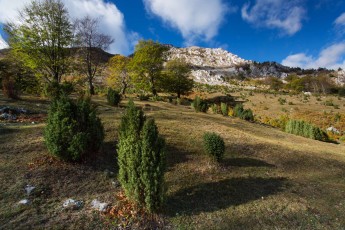
Common juniper (Junipera communis) and Common beech (Fagus sylvatica) trees growing on pasture land grazed by livestock in summer on subalpine meadow. Domogeld Valea Cernei national park, Baile Herculane, Caras Severin, Romania
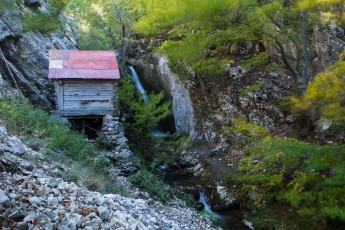
Old mill (locally called "Moara Dracului" or "Devil's Mill") used by shepherds to grind corn to produce traditional "M?m?lig?" bread/cake. Domogled Valea Cernei national park, Baile Herculane, Caras Severin, Romania
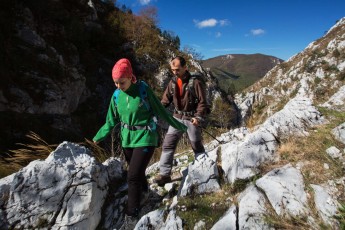
Hikers Cosmina Raescu and Dan Dinu in Domogled Valea Cernei national park, Baile Herculane, Caras Severin, Romania
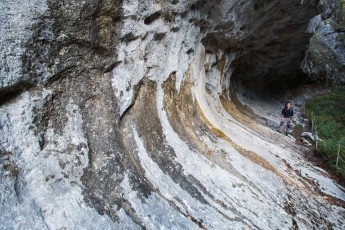
Geological formations in the gorge Cheile Corcoaia, a tourist destination outside the village of Cerna Sad. Domogled Valea Vernei national park, Cerna Sad, Caras Severin, Romania
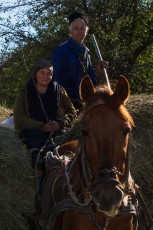
Farmer couple on a horse carriage loaded with hay in the village of Isverna, Mehedinti plateau geopark, Romania
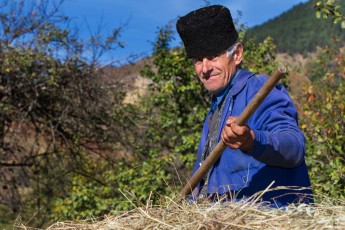
Test3 Test4
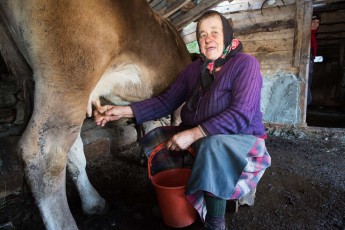
Farmer lady milking a young cow in the stable at her house in the village of Isverna, Mehedinti plateau geopark, Romania
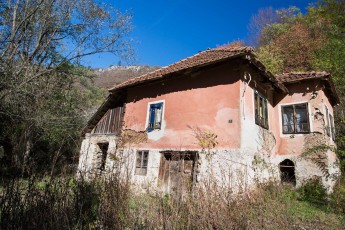
Test5 Test6
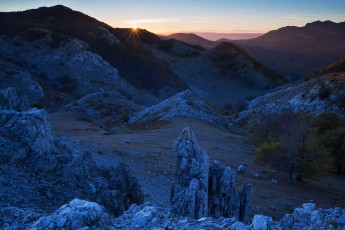
Sunset over the mountains overlooking the Crovu Porcului (Pig valley), Mehedinti plateau geopark, Romania
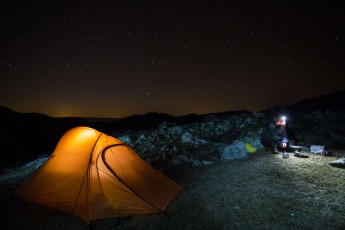
Hiker Dan Dinu heating up water beside his tent under starry sky over a rocky limestone ridge in Mehedinti plateau geopark, Romania
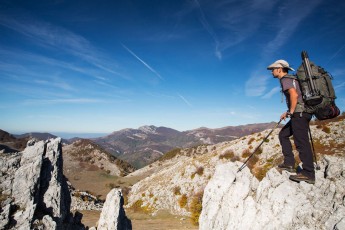
Hiker (Dan Dinu) on limestone ridge in Mehedinti Plateau Geopark, Geoparcul Platoul Mehedin?i, Romania.
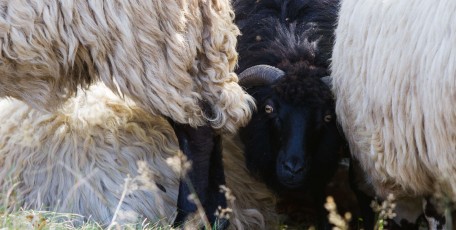
Black domestic sheep among white, Mehedinti plateau geopark, Romania
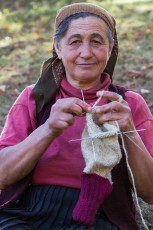
Woman (62 years old) knitting socks from own sheep wool in the garden of a farmhouse in the village of Isverna, Mehedinti plateau geopark, Romania
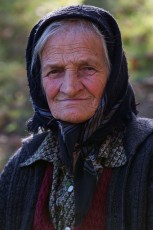
Old woman's portrait in the garden of a farmhouse in the village of Isverna, Mehedinti plateau geopark, Romania
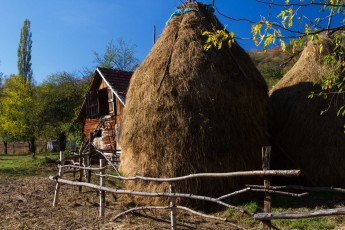
Traditional hay stacks at farm house in the village of Isverna, Mehedinti plateau geopark, Romania
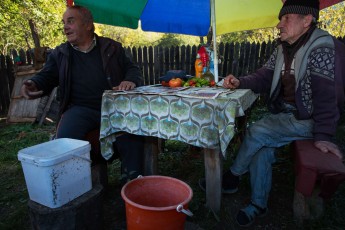
Two men chatting underneath a colourful sunshade in the garden of a private house, Mehedinti plateau geopark, Isverna, Romania
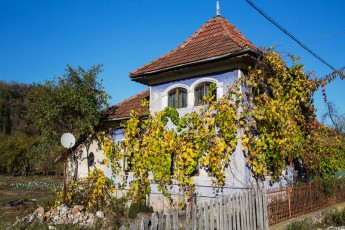
Colourful abandoned houses in the village of Isverna, Mehedinti plateau geopark, Isverna, Romania
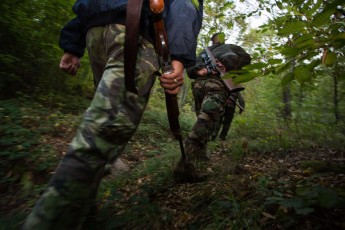
Romanian hunters during a driving hunt for wild boar in the forest area outside the village of Mehadia, Caras Severin, Romania
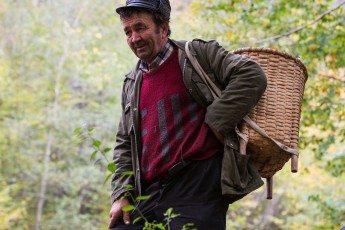
Romanian man carrying edible tree mushrooms, mostly from common beech, picked in the forest close to Baile Herculane, Caras Severin, Carpathians, Romania
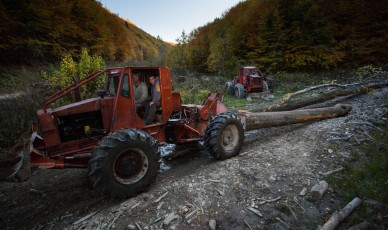
Articulated forest tractor (TAF) pulling cut common beech logs, Southern Carpathians, Romania
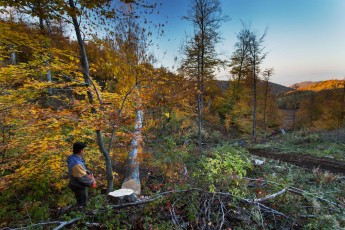
Forest worker with chainsaw and freshly cut large common beech tree falling down, Southern Carpathians, Romania
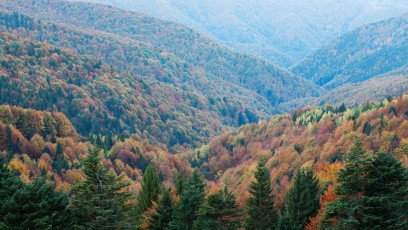
Mixed common beech (Fagus sylvatica) and spruce (Picea abies) forests in autum colours at sunrise seen from the road to Muntele Mic, Southern Carpathians, Mun?ii ?arcu, Cara?-Severin, Romania
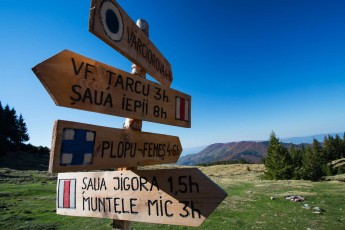
Wooden signposts for hiking trails in Tarcu Mountains at the meteorological station of Cuntu, Southern Carpathians, Romania
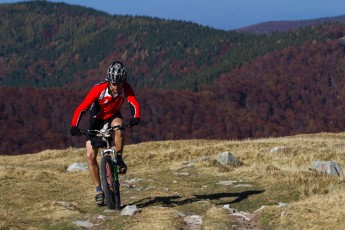
Mountain biker riding the slopes of the Tarcu Mountains, Southern Carpathians, Romania
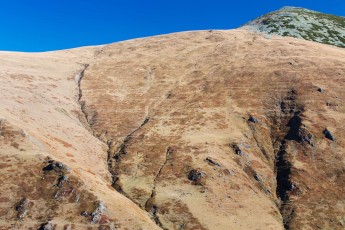
Barren slopes of the Tarcu Mountains Natura 2000 site, close to the peak of Mount Tarcu (2291 m), Southern Carpathians, Romania
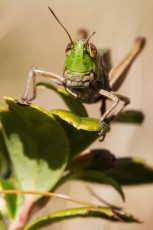
Grasshopper on blueberry (Vaccinium myrtillus) leaves, Southern Carpathians, Romania
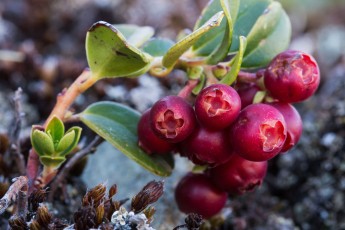
Lingonberry (Vaccinium vitis-idaea) fruits, Southern Carpathians, Romania
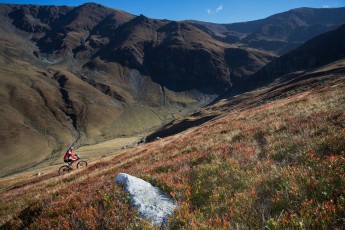
Mountain biker riding the slopes of the Tarcu Mountains, Southern Carpathians, Romania
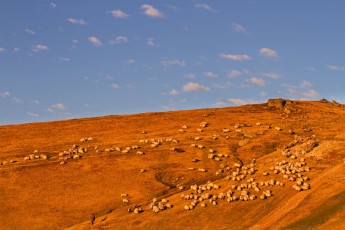
Shepherd leading his sheep to a paddock, Southern Carpathians, Romania
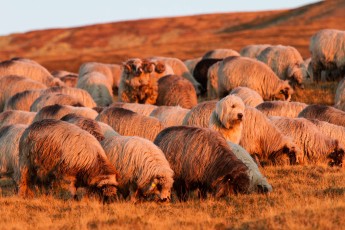
Romanian shepherd dog among a group of domestic sheep, Southern Carpathians, Romania
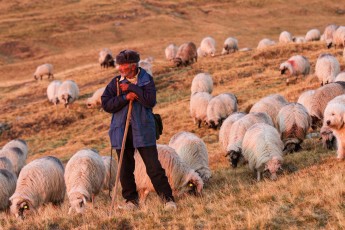
Shepherd leading his sheep to a paddock, Southern Carpathians, Romania
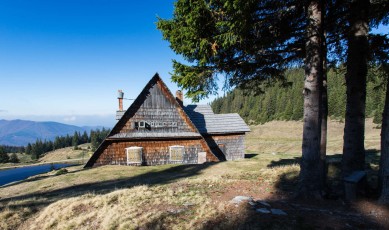
Old wooden building of the meteorological station at Cuntu, Southern Carpathians, Romania

